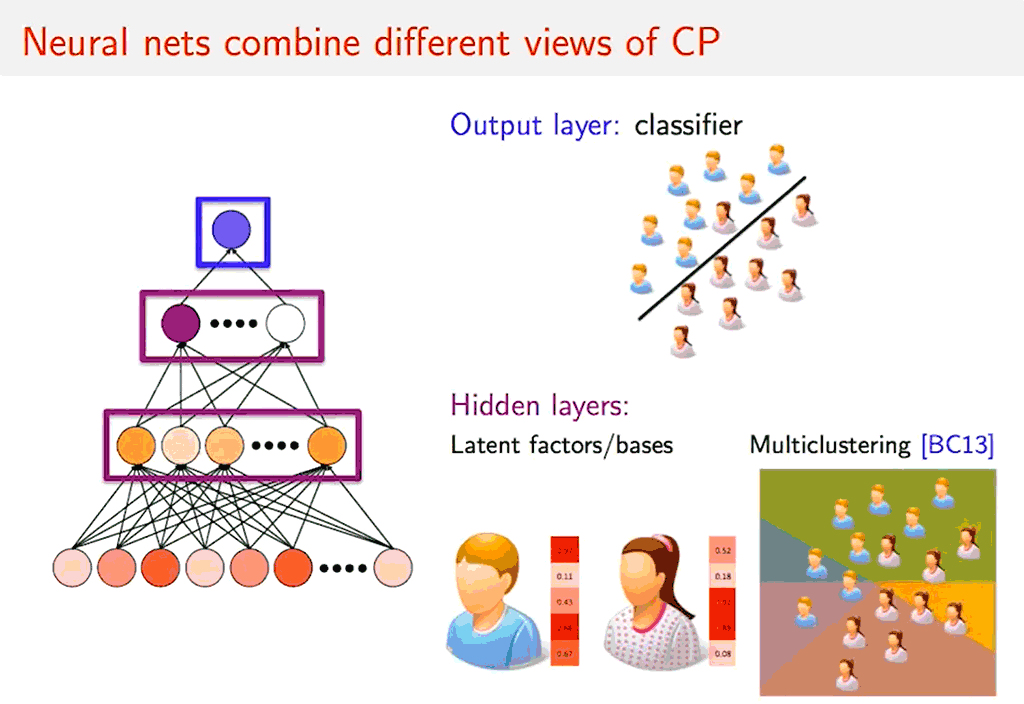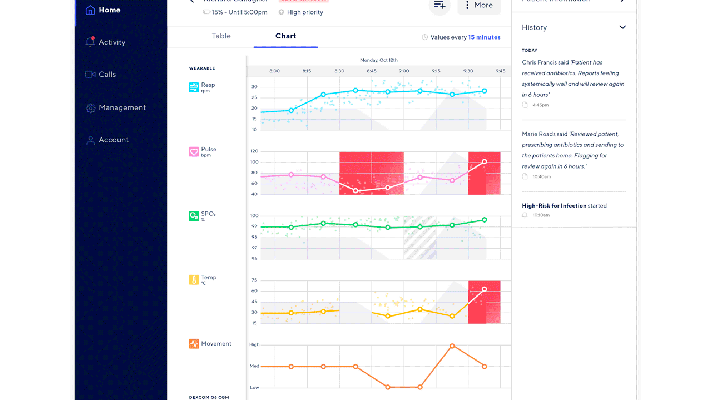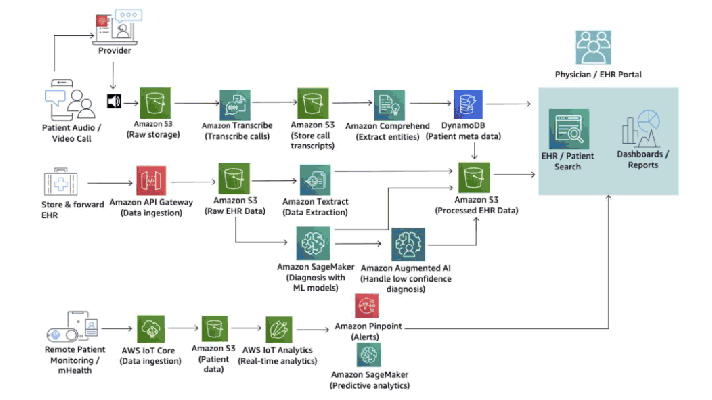Recurrent Neural Networks: Classifying Diagnoses with Long Short-Term Memory

When training a recurrent neural network, one can face a bunch of challenges. Long short-term memory networks (LSTM) can come to the rescue, proving to be effective for learning from sequence data. At the recent TensorFlow meetup in Los Angeles, the attendees learnt how to use an LSTM network for modeling clinic data.
Addressing the issues of training a model with RNN
Dave Kale started his session with an introduction to computational phenotyping, which is used in predictive diagnostics to analyze observable characteristics or traits of an organism. According to Dave, the problem resides in classifying the right diagnosis based on all the data available. He enumerated a number of classical solutions to classify diagnoses:
- windowing (i.e., Markov property)
- feature engineering
- hidden (state) Markov models
Dave explored recurrent neural networks (RNNs) as one more solution option. He also talked about the following challenges when training an RNN:
- backpropagation (also known as the chain rule) through time
- gradients vanish (or explode) in deep neural nets
Then, Dave moved on to long short-term neural networks (LSTM) as a means for addressing the vanishing gradient problem during training. He also demonstrated how target replication and auxiliary targets can help on the way.
Watch the video for more detail.
TensorFlow concepts
Sam Abrahams treated the audience to an introductory session on TensorFlow, answering the following questions:
- What makes TensorFlow unique?
- Where might the library be heading in the future?
- What are the guts of TensorFlow?
In his talk, Sam mentioned TensorFlow serving and a distributed runtime. TensorFlow serving allows for running a server that helps to easily swap the models in / out or run online training. A distributed runtime enables users to run TensorFlow via computing resources from heterogeneous hardware in parallel with minimal changes to code.
When overviewing TensorFlow basics, Sam highlighted some of the core definitions and moved onto:
- What data flow graph is and why using it
- How to build a graph
- TensorFlow placeholders and variables
- Running a TensorFlow session
To get more detail, watch the video from the meetup below.
Join the meetup group to get informed about the upcoming events.
Further reading
- TensorFlow and OpenPOWER Driving Faster Cancer Recognition and Diagnosis
- Experimenting with Deep Neural Networks for X-ray Image Segmentation
- Performance Benchmark: Caffe, Deeplearning4j, TensorFlow, Theano, and Torch
- Using Long-Short Term Memory Networks and TensorFlow for Image Captioning
About the experts














